Japan Alps Traverse Map, Itinerary, and GPS Track
Before starting this traverse, the route I would take across the Japanese Alps was unsure at best, but I managed to stick to my original plan (if you could call it that) fairly closely. Having completed the traverse, I am sharing my day-by-day itinerary, statistics, and maps to help those of you who may want to attempt something similar.
At the end of this post, you will find an overview map of the entire route. The route is broken twice: once in the middle of Day 8, when we took a boat across Kurobe Lake, and again at the end of Day 8 when we took the cable car/bus to reach Murodu (Tateyama) from Kurobe Dam (if you don’t know what these names and places are, don’t worry about it).
The route in its entirety is 422.6 mi / 680.11 km long. It begins at the Sea of Japan along the eastern edge of Toyama Bay (富山湾) in Niigata Prefecture (新潟県). It traces the Kita Alps (北アルプス), the Chuo Alps (中アルプス), and the Minami Alps (南アルプス) – also known as the Northern Alps, Central Alps, and Southern Alps – before road walking from Shizuoka City to Fuji City and then climbing to the summit of Mount Fuji (富士山) from Suruga Bay (駿河湾).
Day 1: Sea of Japan to Trail Camp
- Distance: 1.3 mi / 2.09 km
- Elevation Gain: 1,906 ft / 581 m
- Max Elevation: 1,346 ft / 410 m
- Min Elevation: 0 ft / 0 m
- Map
Day 2: Trail Camp to Inugatake
- Distance: 7.7 mi / 12.39 km
- Elevation Gain: 5,735 ft / 1,748 m
- Max Elevation: 5,059 ft / 1,542 m
- Min Elevation: 1,127 ft / 344 m
- Map
Day 3: Inugatake to Asahigoya
This was the third straight day of rain and so we waited for it to clear since we had shelter, the rain never ended and we ended up taking a zero day.
Day 4: Inugatake to Asahigoya
- Distance: 8.9 mi / 14.32 km
- Elevation Gain: 4,275 ft / 1,303 m
- Max Elevation: 7,879 ft / 2,402 m
- Min Elevation: 4,842 ft / 1,476 m
- Map
Day 5: Asahigoya to Tengusanso
- Distance: 11.8 mi / 18.99 km
- Elevation Gain: 6,753 ft / 2,058 m
- Max Elevation: 9,556 ft / 2,913 m
- Min Elevation: 6,490 ft / 1,978 m
- Map
Day 6: Tengusanso to Kirettogoya
- Distance: 9.4 mi / 15.13 km
- Elevation Gain: 4,648 ft / 1,417 m
- Max Elevation: 9,162 ft / 2,793 m
- Min Elevation: 7,405 ft / 2,257 m
- Map
Day 7: Kirettogoya to Harinokigoya
- Distance: 11.7 mi / 18.83 km
- Elevation Gain: 6,455 ft / 1,967 m
- Max Elevation: 9,373 ft / 2,857 m
- Min Elevation: 7,664 ft / 2,336 m
- Map
Day 8: Harinokigoya to Tateyama (Murodu)
- Distance: 13.5 mi / 21.73 km
- Elevation Gain: 6,900 ft / 2,103 m
- Max Elevation: 8,242 ft / 2,512 m
- Min Elevation: 2,859 ft / 871 m
- Map
Day 9: Tateyama Station to Toyama Station
We took the bus from Murodu Station down to the Tateyama Station, then took the train into Toyama.
Day 10: Toyama Station to Tateyama Station
Took the train from Toyama Station to Tateyama Station and then took the bus back up to Murodu Station.
Day 11: Tateyama (Murodu) to Yakushitoge
- Distance: 15.9 mi / 25.59 km
- Elevation Gain: 8,519 ft / 2,597 m
- Max Elevation: 9,678 ft / 2,950 m
- Min Elevation: 6,943 ft / 2,116 m
- Map
Day 12: Yakushitoge to Sesshohyutte
- Distance: 17.4 mi / 28 km
- Elevation Gain: 8,640 ft / 2,633 m
- Max Elevation: 10,127 ft / 3,087 m
- Min Elevation: 7,615 ft / 2,321 m
- Map
Day 13: Sesshohyutte to Okuhodake
- Distance: 5.3 mi / 8.53 km
- Elevation Gain: 3,508 ft / 1,069 m
- Max Elevation: 10,134 ft / 3,089 m
- Min Elevation: 8,871 ft / 2,704 m
- Map
Day 14: Okuhodake to Shinhotaka Ropeway
- Distance: 4.9 mi / 7.89 km
- Elevation Gain: 1,141 ft / 348 m
- Max Elevation: 10,344 ft / 3,153 m
- Min Elevation: 7,000 ft / 2,134 m
- Map
Day 15: Shinhotaka Ropeway to Okuhida Onsen
- Distance: 14.6 mi / 23.5 km
- Elevation Gain: 3,425 ft / 1,044 m
- Max Elevation: 7,881 ft / 2,402 m
- Min Elevation: 4,138 ft / 1,261 m
- Map
Day 16: Okuhida Onsen to Aimikkusushizenmura Minami-Norikura Auto Camping Ground
- Distance: 16.7 mi / 26.88 km
- Elevation Gain: 6,981 ft / 2,128 m
- Max Elevation: 9,807 ft / 2,989 m
- Min Elevation: 4,308 ft / 1,313 m
- Map
Day 17: Aimikkusushizenmura Minami-Norikura Auto Camping Ground to Mount Ontake East Trailhead
- Distance: 26.5 mi / 42.65 km
- Elevation Gain: 7,734 ft / 2,357 m
- Max Elevation: 9,649 ft / 2,941 m
- Min Elevation: 3,455 ft / 1,053 m
- Map
Day 18: Mount Ontake East Trailhead to Kiso-Fukushima Station
- Distance: 12.1 mi / 19.47 km
- Elevation Gain: 1,003 ft / 396 m
- Max Elevation: 3,910 ft / 1,192 m
- Min Elevation: 2,431 ft / 741 m
- Map
Day 19: Zero Day in Nagoya
I took the train into Nagoya from Kiso-Fukushima Station yesterday afternoon. I am taking today off. I will take the train back to Kiso-Fukushima Station tomorrow.
Day 20: Kiso-Fukushima Station to キャンピングフィールド木曽古道
- Distance: 3.7 mi / 5.95 km
- Elevation Gain: 1,192 ft / 363 m
- Max Elevation: 3,464 ft / 1,056 m
- Min Elevation: 2,495 ft / 760 m
- Map
Day 21: キャンピングフィールド木曽古道 to Utsugidakehinangoya
- Distance: 15.6 mi / 25.11 km
- Elevation Gain: 10,872 ft / 3,314 m
- Max Elevation: 9,580 ft / 2,920 m
- Min Elevation: 3,238 ft / 987 m
- Map
Day 22: Utsugidakehinangoya to Route 49/210 Junction
- Distance: 17.1 mi / 27.52 km
- Elevation Gain: 1,486 ft / 453 m
- Max Elevation: 8,301 ft / 2,530 m
- Min Elevation: 1,848 ft / 563 m
- Map
Day 23: Route 49/210 Junction to Kitazawakoegoya
- Distance: 22.7 mi / 36.53 km
- Elevation Gain: 7,000 ft / 2,134 m
- Max Elevation: 6,821 feet / 2,079 m
- Min Elevation: 2,666 ft / 813 m
- Map
Day 24: Kitazawakoegoya to Yabusawagoya
- Distance: 7.4 mi / 11.91 km
- Elevation Gain: 5,337 ft / 1,627 m
- Max Elevation: 9,590 ft / 2,923 m
- Min Elevation: 6,591 ft / 2,009 m
- Map
Day 25: Zero Day at Yabusawagoya
A typhoon was passing through today so we took a zero day at Yabusawagoya.
Day 26: Yabusawagoya to Kitadakegoya
- Distance: 10.6 mi / 17.06
- Elevation Gain: 5,423 ft / 1,653 m
- Max Elevation: 10,413 ft / 3,174 m
- Min Elevation: 7,466 ft / 2,276 m
- Map
Day 27: Kitadakegoya to Takayamaurahinangoya
- Distance: 22.6 mi / 36.37 km
- Elevation Gain: 8,123 ft / 2,476 m
- Max Elevation: 10,413 ft / 3,174 m
- Min Elevation: 7,792 ft / 2,375 m
- Map
Day 28: Takayamaurahinangoya to Hijiridairagoya
- Distance: 16.5 mi / 26.55 km
- Elevation Gain: 9,207 ft / 2,806 m
- Max Elevation: 10,247 ft / 3,123 m
- Min Elevation: 7,376 ft / 2,248 m
- Map
Day 29: Hijiridairagoya to Igawa Dam
- Distance: 28.8 mi / 46.35 km
- Elevation Gain: 6,084 ft / 1,854 m
- Max Elevation: 9,122 ft / 2,780 m
- Min Elevation: 2,086 ft / 636 m
- Map
Day 30: Igawa Dam to Shizuoka
- Distance: 36.7 mi / 59.06 km
- Elevation Gain: 2,972 ft / 906 m
- Max Elevation: 3,959 ft / 1,207 m
- Min Elevation: 62 ft / 19 m
- Map
Day 31: Walk east through Shizuoka
- Distance: 7.1 mi / 11.43 km
- Elevation Gain: 228 ft / 69 m
- Max Elevation: 124 ft / 38 m
- Min Elevation: 23 ft / 7 m
- Map
Day 32: Shizuoka to Fuji City
- Distance: 22.1 mi / 35.57 km
- Elevation Gain: 325 ft / 99 m
- Max Elevation: 63 ft / 19 m
- Min Elevation: 0 ft / 0 m
- Map
Day 33: Fuji City to Fuji 9th Station
- Distance: 28.7 mi / 46.19 km
- Elevation Gain: 12,386 ft / 3,775 m
- Max Elevation: 12,126 ft / 3,696 m
- Min Elevation: 0 ft / 0 m
- Map
Day 34: Fuji 9th Station to Fuji 5th Station
- Distance: 5.2 mi / 8.37 km
- Elevation Gain: 1,468 ft / 447 m
- Max Elevation: 12,388 ft / 3,776 m
- Min Elevation: 7,677 ft / 2,340 ft
- Map
Below is a map and GPS track of the entire Japan Alps Traverse.
If you have any questions about the route, please leave me a comment below or get in touch.
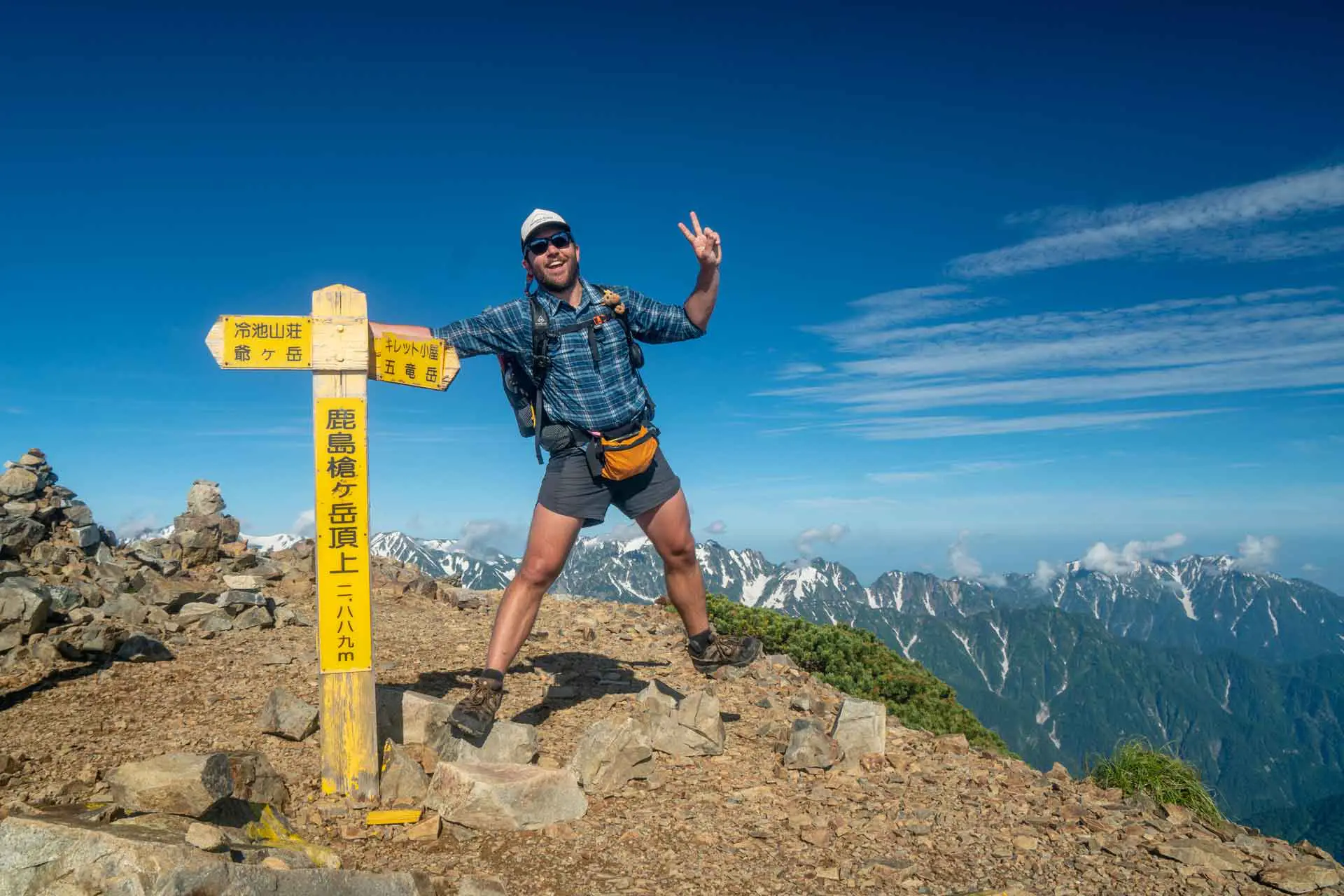


































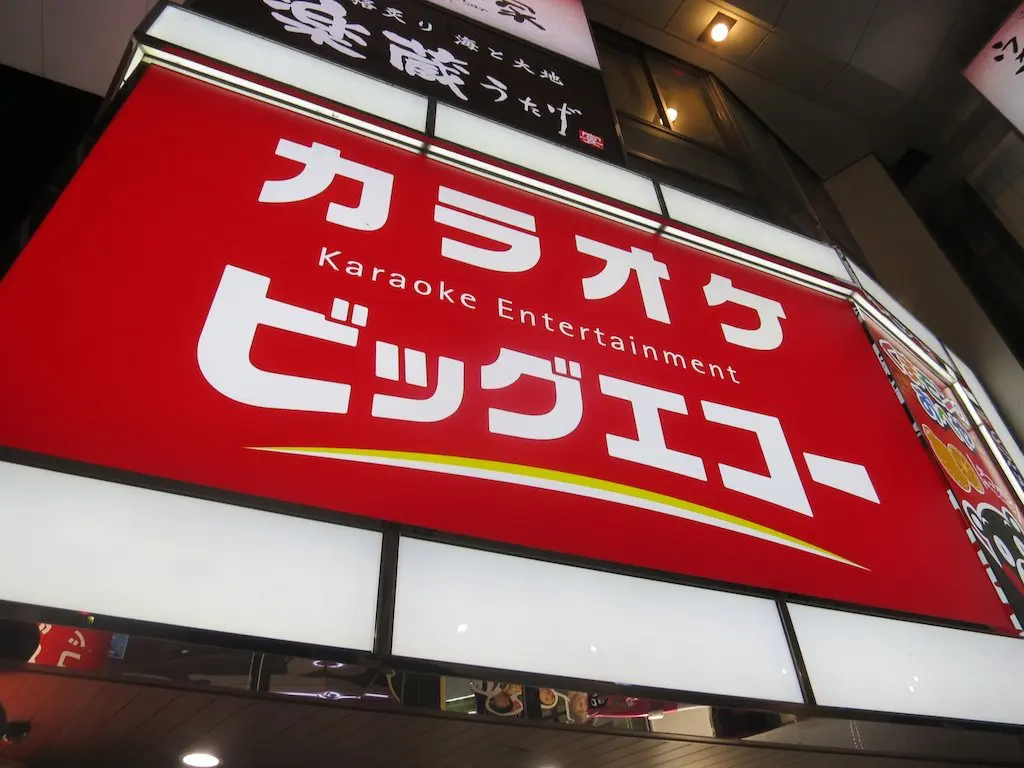
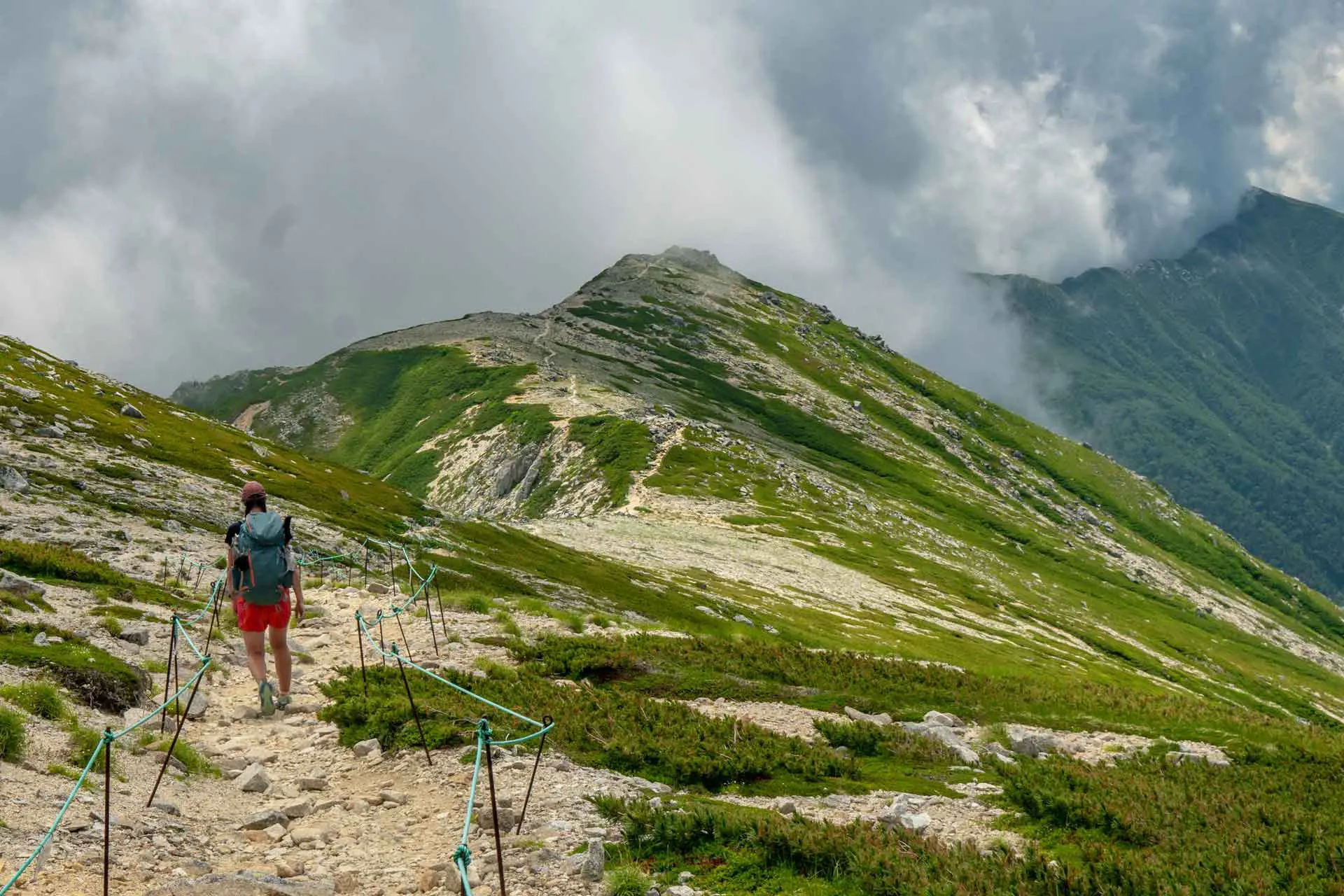

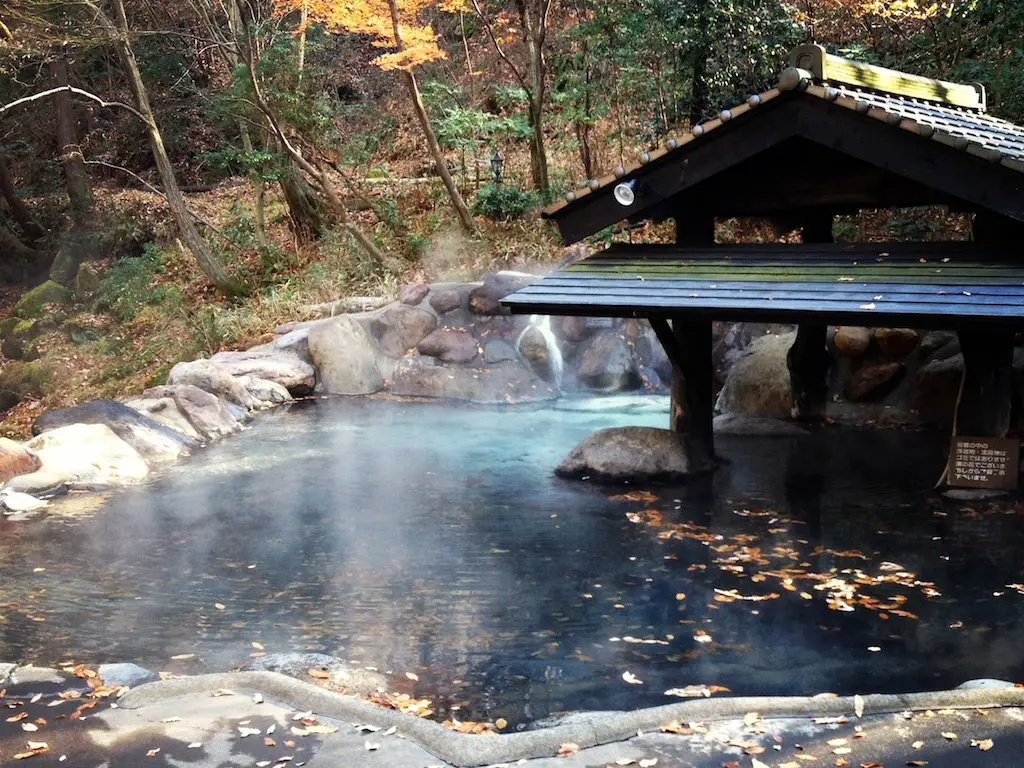
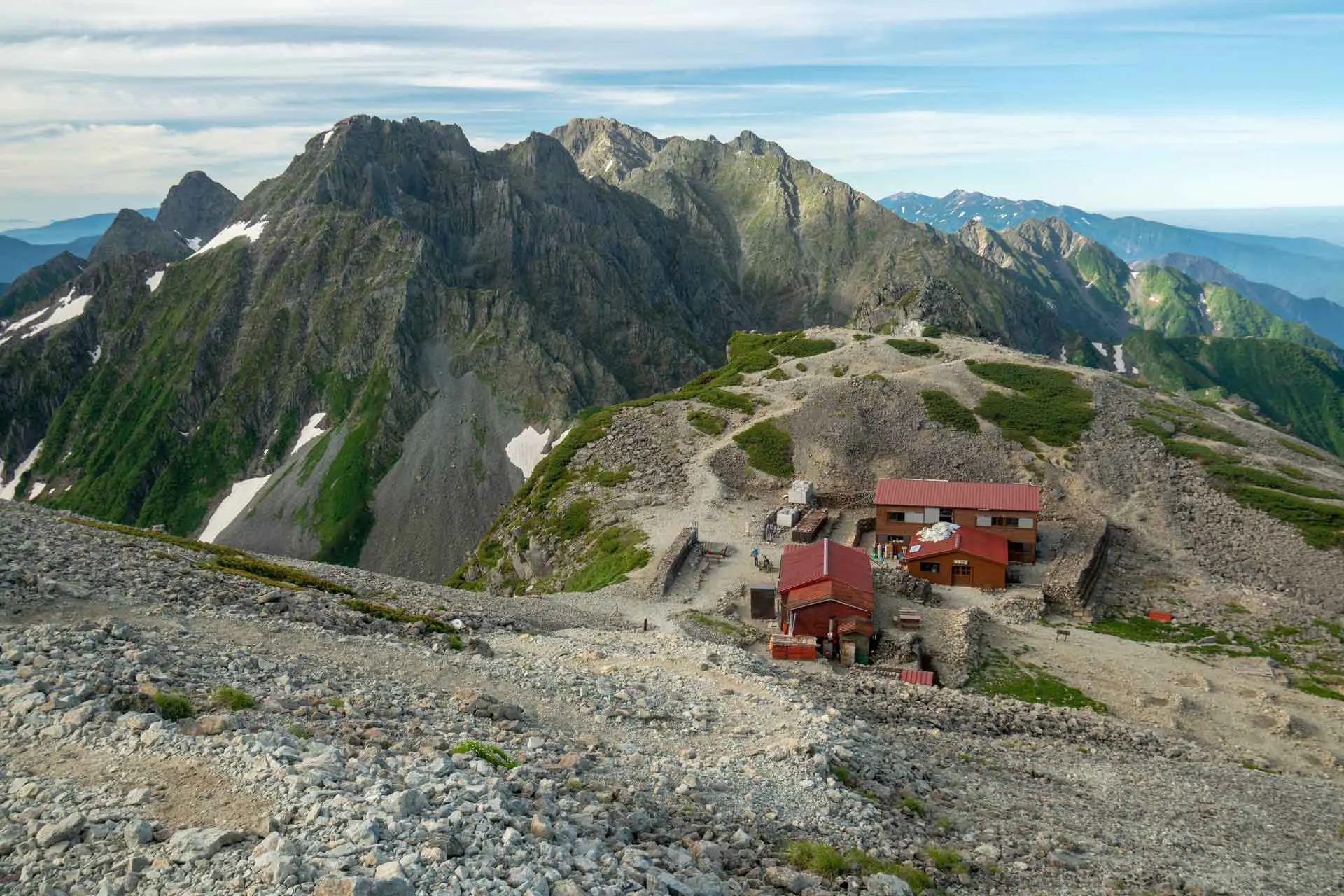
Hi Mac, thanks for all the details, really interesting route. Which would you recommend between the Kita Alps and the Minami Alps sections? It seems like maybe the northern alps have more spectacular scenery while the southern alps are more rugged/isolated – would you say that’s a fair assessment? Cheers!
If you’re only ever going to do one, Northern Alps, 100%
Awesome hike, Mac! Thank you for the write up, especially that there are so few sources in English about these mountains.
Some questions, if I may:
* were there any sections where you had to carry more than day’s worth of food (snacks, etc)?
* do you know if you have to book food at the shelters in advance? I’ve read that might be the case in the Southern Alps.
* any ideas when huts close? From what I’ve gathered in the Northern Alps that’s around mid-October, and in the Southern end of that month, but I’d love to find some confirmation of these dates
I’m thinking about doing the Northern part from Hakubao to Kamikochi and then the Southern from the pass with road below Mt. Kaikoma to Shirakabaso. I plan to sleep in a tent, but I’d rather carry as little food/water as possible.
Cheers
I carried the most food at the start. The stretch from there to Tateyama was the least popular with other trekkers. Safest to just carry more food if in doubt.
I believe you can book in advance, but we never did.
That sounds right about when the huts close, but I would check with each individually. I really can’t speak to specifics.
Thanks for the reply! I did check individual hut closing dates and Northern Alps look much better than Southern, where almost everything closes down by the end of September.
Last question: any idea if you can buy proper meals in these huts if you don’t stay in a room? It seems that most of them will sell you only lunch boxes in such cases, but that seems a bit unusual, so I’d rather confirm.
I never stopped to eat meals during the day so I can’t say for certain. They definitely have enough snacks, instant noodles, etc. to fill up on though. Depends how picky you are and whether you’re just eating for the calories.
Hi, this is awesome! I am thinking about attempting this come next month, probably starting around the same time I guess (Early July and going until August). I was curious if you have any recommendations for gear etc. Were there any sketchy sections that you think one should be cautious of? Overall, what did you rate the difficulty at the end? I have been itching to get out to the Japanese alps and this traverse feels like the perfect way to really experience them in their entirety. I’d appreciate any and all advice! Thanks.
Depending on the snow year there could still be considerable snow for some sections of this route further north. This is definitely not a hike for those uncomfortable with navigation as some of the trails were little more than lines on maps. I’m looking to repeat and refine this next year if all goes to plan!
Gonna start from Osaka and link up the Tokai Shizen Hodo starting beginning of June. Is there any way to get the gps track into gaia? cheers for the beers
If you click the box in the upper right for “View Larger Map” it will open in a new window where you then have the option to download the map as a KML file which you should then be able to import into Gaia.
When did you start and end the traverse? What months would be the best season for hiking?
I started July 4 and ended August 7. This was a good season for hiking if you want the huts to be open, but the lower elevations were absurdly humid and we hit a fair amount of rain. If I were to do it again I would probably start in August and hike into early September (or possibly hike September into October).
Thank you for your reply! Would it be advisable to do it starting in early June? I’m looking to perhaps do the northern section until Okuhida Onsen. Do you know where I could find information on climate (daily temperature high and lows, etc.)?
There’s the possibility of lots of snow in early June depending on the year. I like yr.no for weather. Here’s their data on Yarigatake. I never used a Japan-specific site while out there.
Thanks again for the info.
Best of luck! Let me know if you have any other questions.
May be a bit late, but I find https://www.ventusky.com/ to work pretty well for weather info/etc. Tracks windspeed, temperature, snow cover, etc.
I’m also going to be hiking’ along the Alps in June, maybe I’ll see you xD
That’s a great site! Haven’t seen it before, but I will be sure to check it in the future :)
Hello Sebastian and Leon, how did you guys end finding the conditions hiking on the ridges in early June? We’re planning to go in the same period as you guys. Looking at some of the webcams and recent photos on Social Media, there still apears to be some snow higher up.